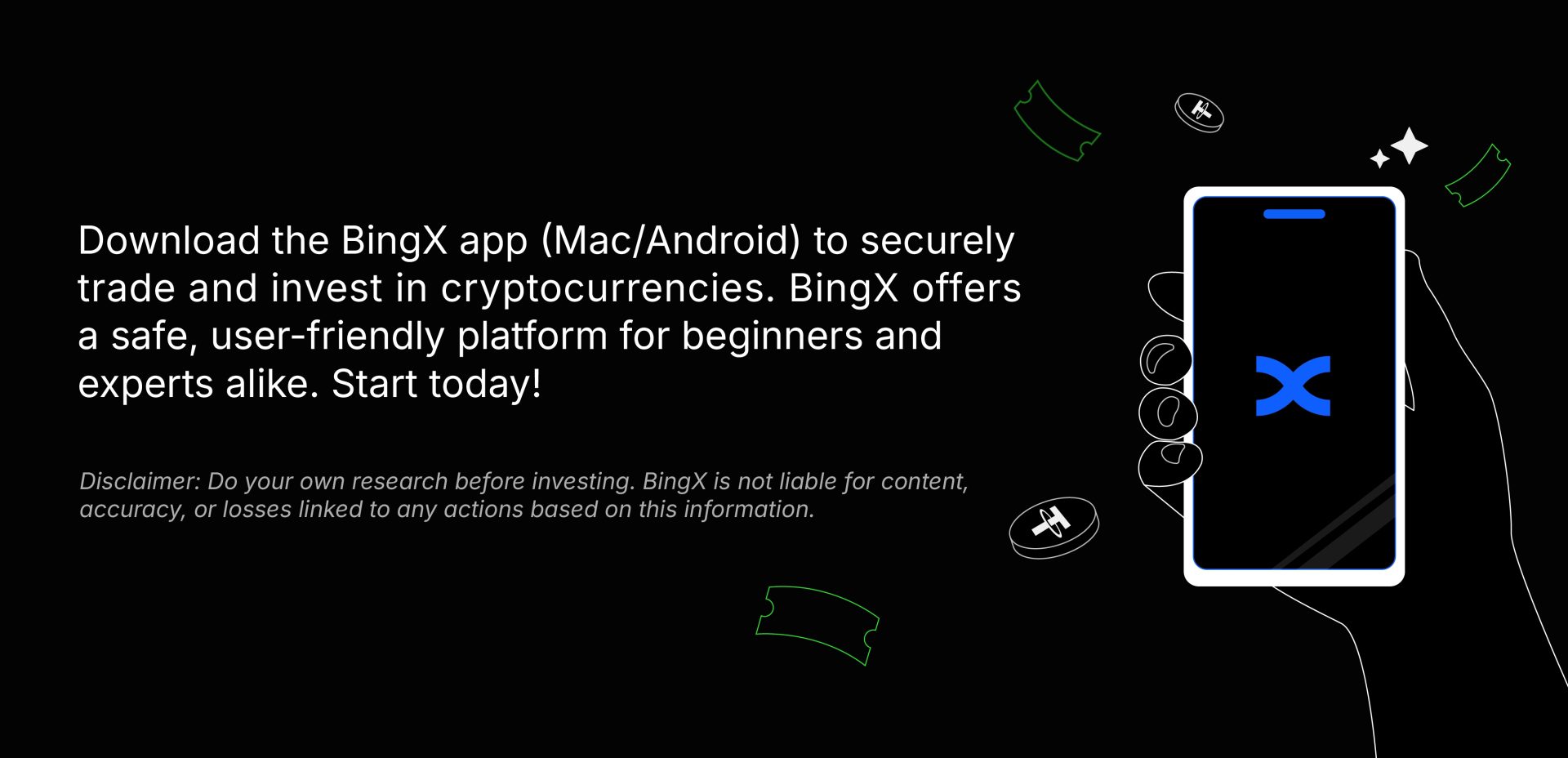Are you holding ETH that you purchased well above the current market price and is currently doubting its long-term prospects due to Ethereum’s lack of price action? If it’s worth any condolence, you’re not alone. CoinGecko’s recent 2025 Q1 Crypto Industry Report, sponsored by BingX, has shed some interesting light on Ethereum’s burning mechanism as of late. You don’t need to be a beginner crypto investor to be suffering from an ETH investment in 2025 as even experienced traders working full time in the blockchain industry falls prey to Ethereum’s lack of positive price movement. One aspect of this lack of price action is its ETH burn rate compared to its emission rate. Thankfully, CoinGecko’s 2025 Q1 Crypto Industry Report has provided us ample data and analysis to better understand how these burn and emission rates have impacted Ethereum’s price. Let’s take a closer look and figure out whether your ETH is worth HODLing or if you should ever consider taking a haircut on it.
When Burn Turns to Bloat
In Q1 2025, Ethereum burned only 47.2k ETH while emitting 232.2k ETH, inflating the overall supply by 185k ETH. At a glance and some simple elementary math, this is obviously one bad sign. The network was deflationary for just 3 days in the entire quarter, a very unflattering number. The consistent deflationary ETH we had previously has been a key selling point for Ethereum but now, with daily burns averaging just 524 ETH and top contributors like ETH transfers and Uniswap (UNI) failing to offset emissions, the tokenomics narrative is quite under pressure.
Volume Down, Pressure Up
Ethereum’s price performance in Q1 was nothing short of tragicomic. ETH fell by a staggering 45.3%, ending the quarter at $1,805. This huge plunge wiped out all the gained from 2024, bringing ETH back to price levels seen in 2023. Trading volume told the same story. Daily trading fell from $30 billion to 24.4 billion while gas fees plummeted to just 6.9 gwei. That might sound like a bargain, but for Ethereum, cheap gas is like an empty restaurant on a Saturday night: efficient, but slightly depressing.
ETF Woes and Ecosystem Warnings
The U.S. Spot Ethereum ETFs also had a rough ride. After a blockbuster Q4 with $3.2 billion in inflows, Q1 saw a reversal with a -$227.6 million in net outflows. That’s a heafty negative number ladies and gentleman. The total assets under management also dropped nearly 50%, indicating that institutional cofidence in ETH may be slipping. Only a handful of products saw positive inflows while others hemorrhaged capital. Activity within the broader EVM ecosystem still remain high though as it was driven by both Base and Tron. Ethereum’s mainnet itself, however, shows that it’s not leading this growth anymore as daily transactions are down to 1.2 million. This is almost like hosting a party only to have your guests rave about your neighbor’s better snacks.
Why BingX is the Smart Choice Amidst the Smoke
Even in the face of ETH’s supply inflation and ETF outflows, there is one silver lining: smart traders are moving where the support and insights are strongest. While Ethereum’s fundamentals are going through a foggy phase, at the least you know you can rely on BingX to provide a clear and secure trading path forward. Yes, Ethereum’s burn might be dimmer these days but your trading future doesn’t have to be.
